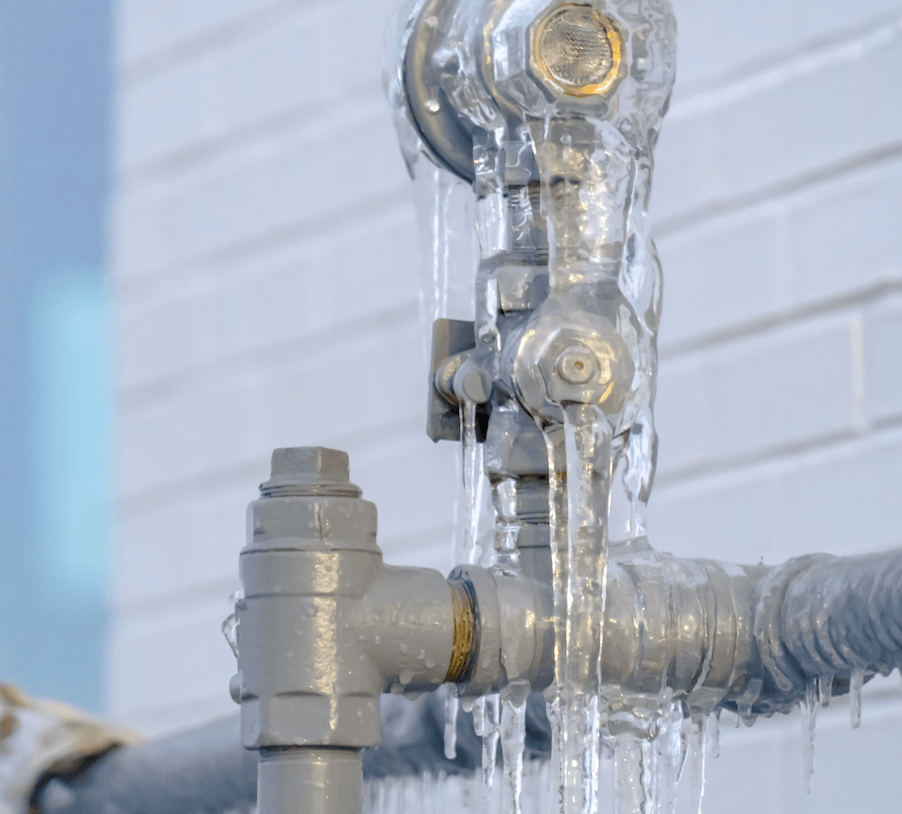How do you actually feel on the subject of 6 Ways to Prevent Frozen Pipes?

Winter can ruin your pipes, especially by freezing pipes. Right here's just how to prevent it from happening and what to do if it does.
Introduction
As temperatures drop, the risk of icy pipelines boosts, potentially leading to costly fixings and water damages. Understanding exactly how to prevent frozen pipes is important for home owners in chilly climates.
Avoidance Tips
Protecting prone pipelines
Wrap pipes in insulation sleeves or make use of warmth tape to secure them from freezing temperatures. Concentrate on pipelines in unheated or outside locations of the home.
Home heating techniques
Keep interior rooms effectively heated, especially locations with pipes. Open cabinet doors to permit cozy air to circulate around pipelines under sinks.
How to recognize frozen pipes
Search for lowered water circulation from taps, unusual odors or noises from pipelines, and noticeable frost on subjected pipes.
Long-Term Solutions
Architectural changes
Take into consideration rerouting pipes far from outside wall surfaces or unheated areas. Include extra insulation to attics, cellars, and crawl spaces.
Updating insulation
Buy top quality insulation for pipelines, attic rooms, and walls. Proper insulation helps maintain regular temperature levels and decreases the risk of frozen pipes.
Securing Outside Pipes
Yard tubes and outside faucets
Detach and drain pipes garden hoses prior to wintertime. Mount frost-proof spigots or cover exterior faucets with shielded caps.
Comprehending Icy Pipelines
What causes pipelines to freeze?
Pipelines freeze when exposed to temperature levels listed below 32 ° F (0 ° C) for prolonged durations. As water inside the pipes ices up, it expands, putting pressure on the pipeline wall surfaces and potentially creating them to rupture.
Dangers and problems
Frozen pipelines can bring about water system interruptions, building damage, and pricey repairs. Ruptured pipelines can flood homes and trigger extensive structural damages.
Indicators of Frozen Water Lines
Determining icy pipelines early can stop them from rupturing.
What to Do If Your Pipes Freeze
Immediate actions to take
If you presume icy pipes, keep taps open to soothe stress as the ice thaws. Make use of a hairdryer or towels soaked in hot water to thaw pipelines gradually.
Conclusion
Stopping frozen pipelines requires aggressive steps and fast responses. By understanding the causes, indicators, and preventive measures, home owners can safeguard their pipes during winter.
5 Ways to Prevent Frozen Pipes
Drain Outdoor Faucets and Disconnect Hoses
First, close the shut-off valve that controls the flow of water in the pipe to your outdoor faucet. Then, head outside to disconnect and drain your hose and open the outdoor faucet to allow the water to completely drain out of the line. Turn off the faucet when done. Finally, head back to the shut-off valve and drain the remaining water inside the pipe into a bucket or container. Additionally, if you have a home irrigation system, you should consider hiring an expert to clear the system of water each year.
Insulate Pipes
One of the best and most cost-effective methods for preventing frozen water pipes is to wrap your pipes with insulation. This is especially important for areas in your home that aren’t exposed to heat, such as an attic. We suggest using foam sleeves, which can typically be found at your local hardware store.
Keep Heat Running at 65
Your pipes are located inside your walls, and the temperature there is much colder than the rest of the house. To prevent your pipes from freezing, The Insurance Information Institute suggests that you keep your home heated to at least 65 degrees, even when traveling. You may want to invest in smart devices that can keep an eye on the temperature in your home while you’re away.
Leave Water Dripping
Moving water — even a small trickle — can prevent ice from forming inside your pipes. When freezing temps are imminent, start a drip of water from all faucets that serve exposed pipes. Leaving a few faucets running will also help relieve pressure inside the pipes and help prevent a rupture if the water inside freezes.
Open Cupboard Doors
Warm your kitchen and bathroom pipes by opening cupboards and vanities. You should also leave your interior doors ajar to help warm air circulate evenly throughout your home.

We hope you enjoyed our section about Preventing and dealing with frozen pipes. Thank you so much for spending some time to read through our short article. Please take the time to distribute this blog post if you enjoyed it. We take joy in reading our article about How to Prevent Your Pipes From Freezing.
Visit Our Website